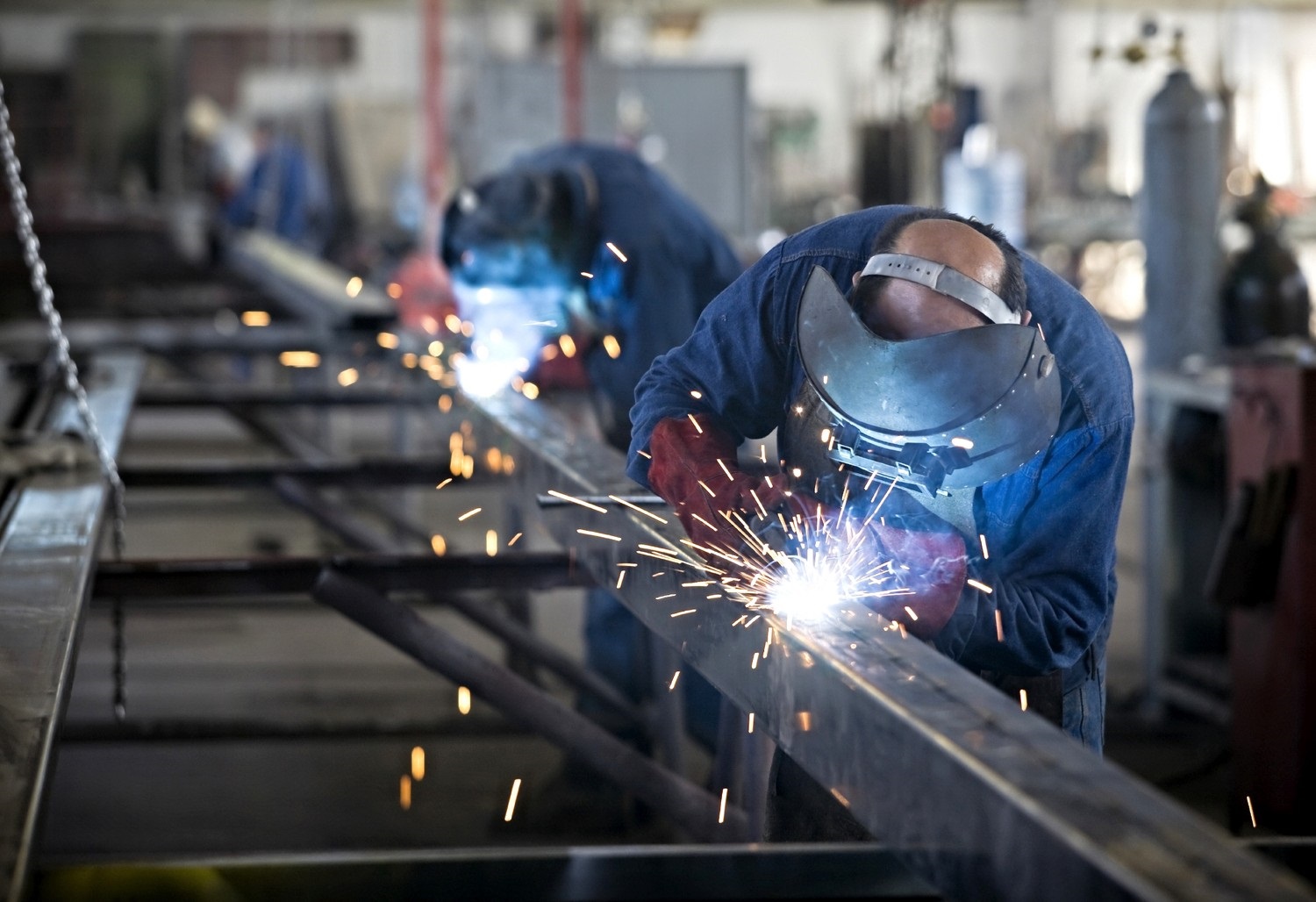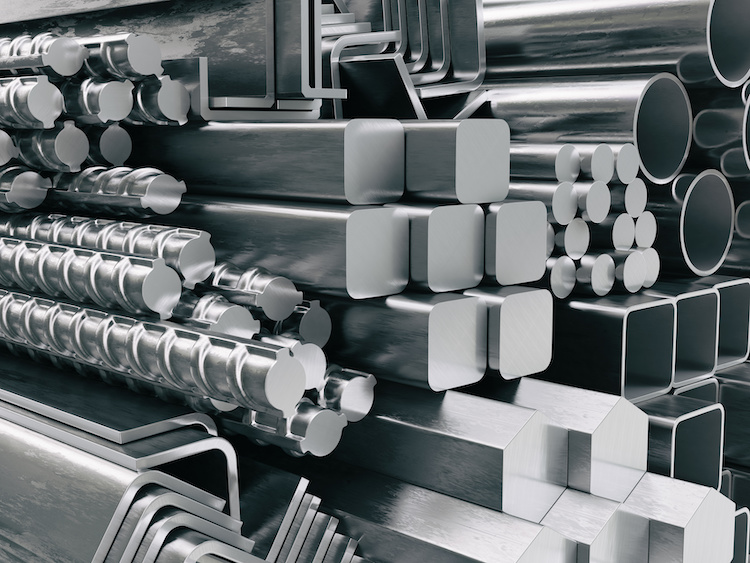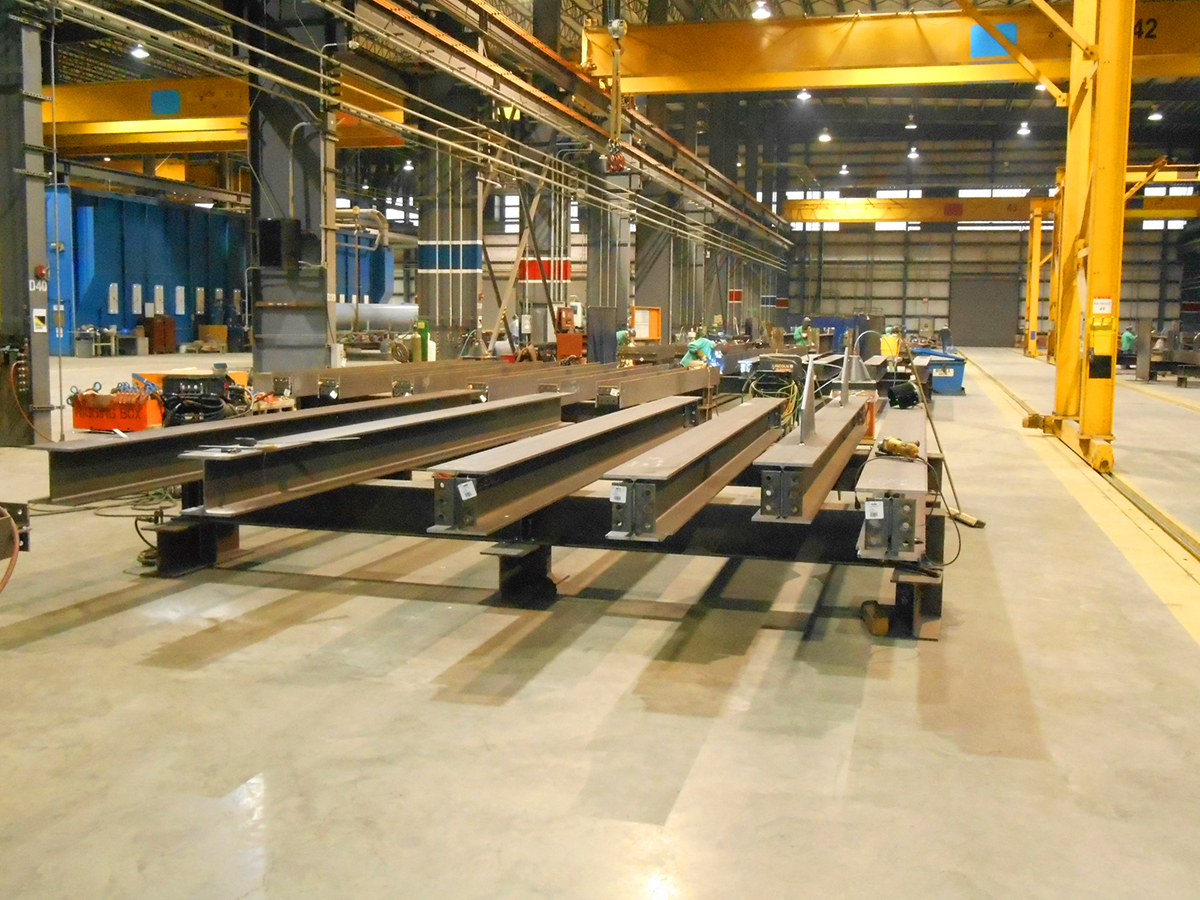Reliable Steel Fixing Services: Ensuring Architectural Stability
Reliable Steel Fixing Services: Ensuring Architectural Stability
Blog Article
Ingenious Trends in Steel Construction: Enhancing Resilience and Precision
In the world of steel manufacture, the pursuit of toughness and precision has led to a wave of ingenious trends that are reshaping the sector. These fads are not just shaping the present yet additionally laying the groundwork for the future of steel fabrication, guaranteeing additional enhancements in longevity and precision.
Advanced Welding Technologies
In the realm of steel fabrication, the adoption of sophisticated welding technologies has substantially reinvented the sector's strategy to accomplishing premium top quality and accuracy in architectural welds. Advanced welding modern technologies, such as laser light beam welding and friction stir welding, have emerged as game-changers in the area. Laser light beam welding uses a concentrated laser light beam to sign up with metal elements with amazing precision and speed, making it perfect for detailed styles and thin products. On the various other hand, friction stir welding creates extremely strong bonds by mechanically intermixing the particles of the products at the joint, eliminating the need for thawing the metal. These modern technologies offer numerous advantages, including minimized heat-affected areas, minimal distortion, and enhanced mechanical buildings in the bonded joints. By leveraging these innovative welding strategies, steel fabricators can raise the longevity, strength, and precision of their structural welds, meeting the significantly requiring requirements of modern building and construction jobs.
Robot Automation in Manufacture
Embracing robot automation has actually become a foundation of modern-day steel construction techniques, simplifying processes and enhancing efficiency throughout the market. Robots are reinventing the means steel elements are produced, offering unequaled precision and speed while reducing human mistake. These automated systems can manage repeated jobs with consistent accuracy, causing higher high quality final result.
One trick advantage of robotic automation in steel construction is the capacity to function around the clock without tiredness, substantially boosting manufacturing output. This continuous procedure lessens downtime and speeds up task timelines, inevitably saving expenses for manufacturers. In addition, robotics can be configured to execute detailed tasks that might be unsafe or tough for human employees, enhancing safety and security in the work environment.
In addition, robot automation enables smooth assimilation with other digital technologies, such as computer-aided style (CAD) software program and Internet of Things (IoT) systems (Alpha reo). This interconnected technique enhances communication between various phases of manufacture, enhancing operations and making sure real-time monitoring and control. As the steel fabrication industry remains to progress, robotic automation stands out as a transformative pressure driving performance and accuracy in manufacturing processes

High-Strength Alloy Advancement
The improvement of high-strength alloy development in steel construction is improving the market's strategy to boosting material toughness and efficiency. High-strength alloys are crafted to show premium mechanical homes, such as enhanced tensile toughness, durability, and deterioration resistance compared to conventional steel grades. By integrating these sophisticated alloys right into fabrication procedures, suppliers can generate elements that stand up to greater stress and anxiety degrees and extreme atmospheres, resulting in more reputable and find out this here resilient end products.
One trick advantage of high-strength alloy advancement is the capability to reduce product thickness without compromising architectural integrity. This not just results in lighter-weight parts yet likewise adds to set you back financial savings and improved efficiency in manufacture and assembly procedures. Furthermore, the improved strength-to-weight proportion of these alloys permits the design and building and construction of structures with greater load-bearing capabilities while reducing total weight.
3D Modeling and Simulation Software
Improvements in steel manufacture procedures have actually been significantly thrust by the integration of advanced 3D modeling and simulation software application tools. These devices enable fabricators to produce in-depth online designs of their jobs, enabling them to imagine the last item with accuracy prior to any type of physical work begins.

Lasting Practices in Steel Manufacturing
Including sustainable practices into steel manufacturing processes is crucial for minimizing ecological impact and making sure long-term source availability. One essential lasting practice is the fostering of energy-efficient technologies to minimize greenhouse gas exhausts during the steel production procedure. This includes utilizing renewable energy sources, such as solar or wind power, to power steel plants and implementing energy-efficient devices to maximize energy usage.
An additional essential aspect of sustainable steel manufacturing is the liable sourcing of raw materials. This includes making certain that the iron ore and other sources made use of in steelmaking are obtained from honest and eco-friendly sources. By advertising openness in the supply chain and sticking to strict environmental criteria, steel manufacturers can reduce the unfavorable influences of source removal on local ecosystems and neighborhoods.

Final Thought
In final thought, the innovative fads in steel manufacture such as innovative welding technologies, robotic automation, high-strength alloy development, 3D modeling and simulation software program, and lasting methods are boosting the durability and accuracy of steel products. These advancements are revolutionizing the steel manufacture sector by enhancing top quality, sustainability, and effectiveness. It is clear that the future of steel construction hinges on embracing these sophisticated modern technologies to fulfill the demands of modern-day building and construction and manufacturing markets.
In the realm of steel manufacture, the pursuit of longevity and precision has actually led to a wave of ingenious trends that are improving the sector.In the realm of steel manufacture, the fostering of innovative welding innovations has considerably revolutionized the sector's technique to attaining superior high quality and accuracy in structural welds. As the steel construction sector proceeds to progress, robotic automation stands out as a transformative force driving efficiency and precision in making processes.
Moreover, reusing and reusing steel scrap and waste materials play a considerable role in improving the sustainability of click steel manufacturing. Alpha reo.In conclusion, the cutting-edge fads in steel construction such as innovative welding modern technologies, robotic automation, high-strength alloy development, 3D modeling and simulation software application, and sustainable methods are improving the longevity and accuracy of steel products
Report this page